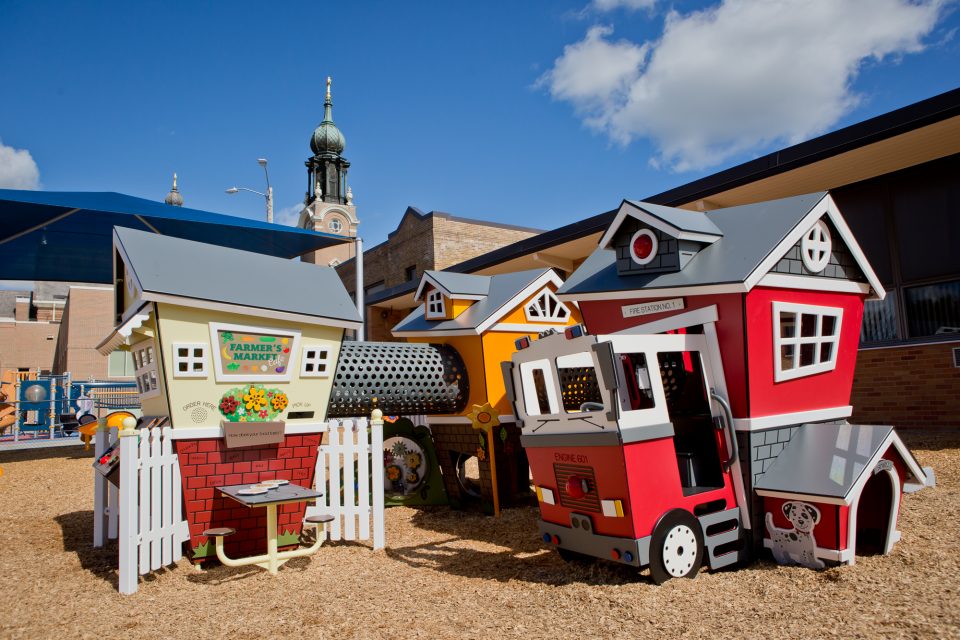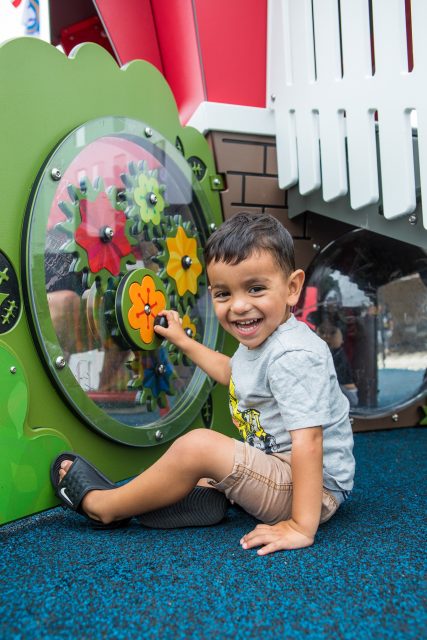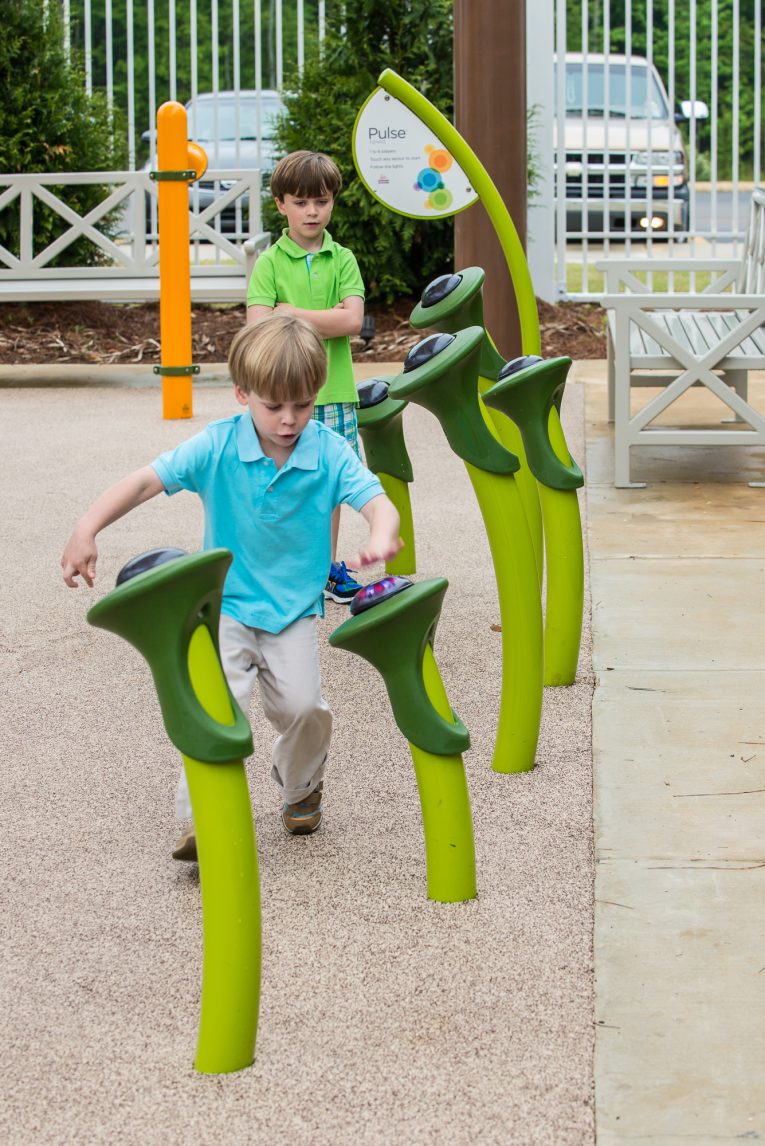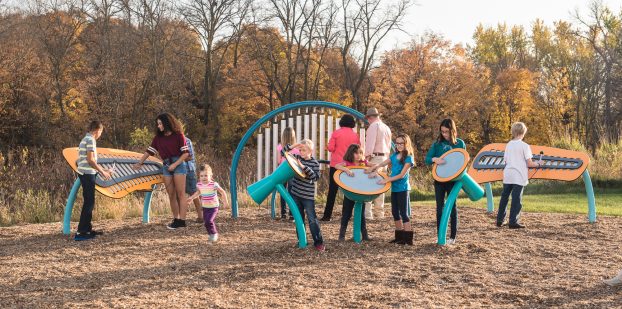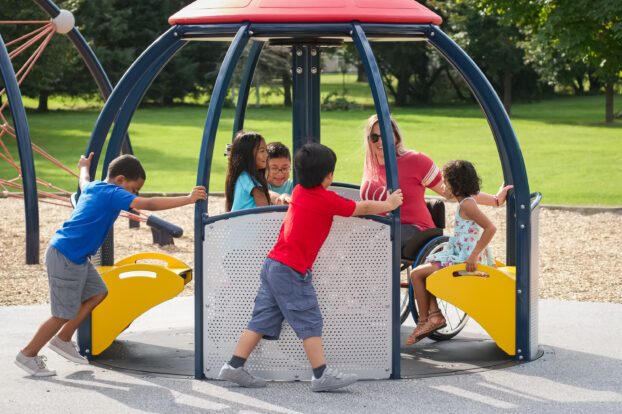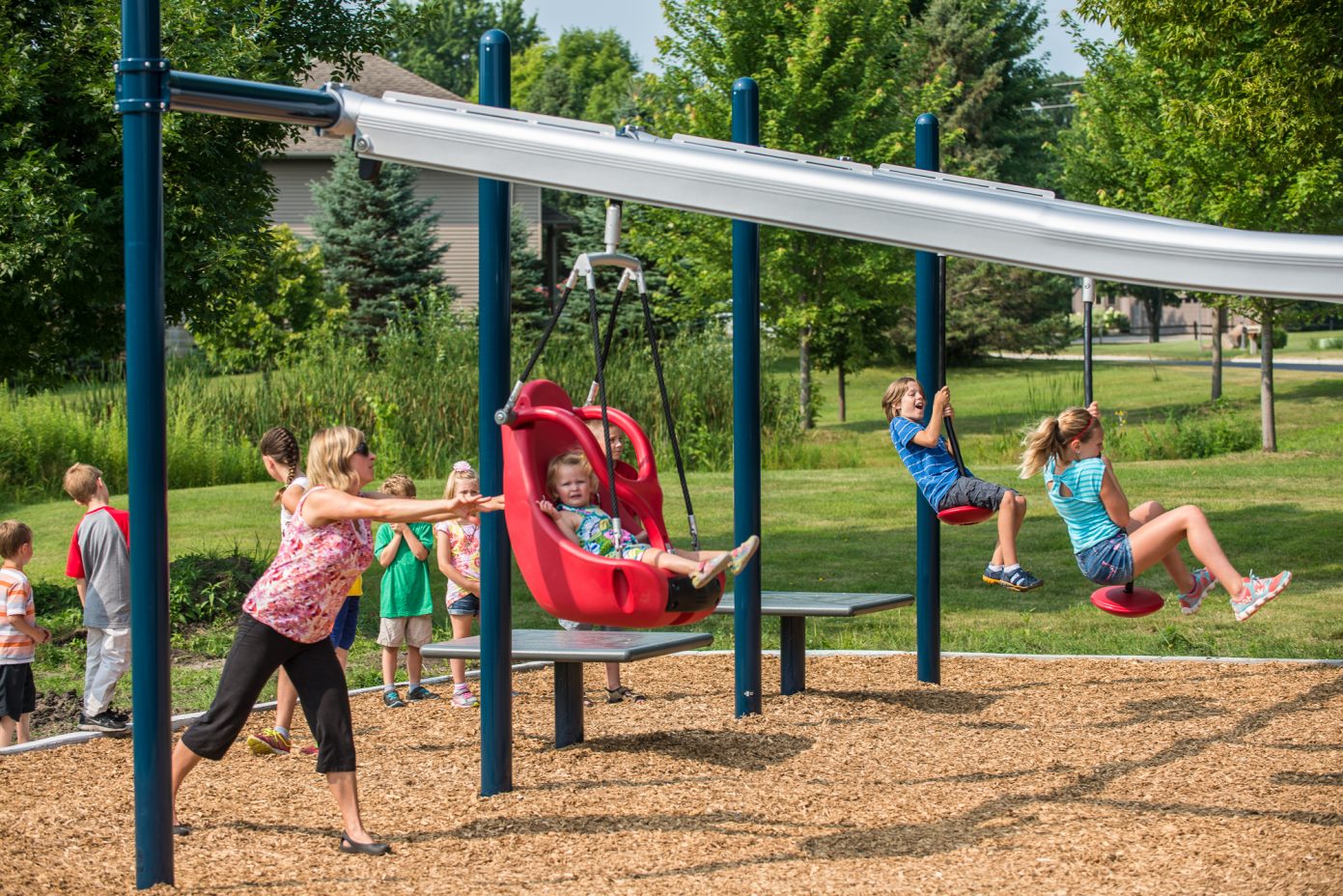October – Sensory Awareness Month
October is National Sensory Awareness Month. Children with Autism and Sensory Processing Disorders may find challenges with socialization, communication, play and imagination. Sensory play playgrounds attract ALL children and encourage exploration and discovery, and provide a “just-right” experience for those seeking sensory stimulation. They develop behaviors based on what they touch, see, hear, smell and how they move and position their body in space. Sensory-rich playgrounds allow children to integrate and develop their senses and the more they play, the more they develop skills necessary to engage, change and impact the world around them.
So What Are the 7 Senses?
- Tactile
- Proprioceptive
- Vestibular
- Visual
- Auditory
- Motor Planning
- Social/Imaginative
Our Sensory Play designs help children develop problem solving skills, express emotion, promotes empathy and engenders lasting confidence. Check out how PLAY can engage the senses:
![]() Sliding
Sliding
Sliding provides kids with a rich sensory experience that stimulates their VISUAL, VESTIBULAR, TACTILE, and PROPRIOCEPTIVE systems. This sensory input helps children develop a better sense of balance and motor planning to accurately move throughout space.
![Spinning]() Spinning
Spinning
Spinning is one of the core movements that engage the VESTIBULAR system. When a child spins they receive valuable equilibrium information, which connect with inputs from their muscles and joints to help them maintain their body posture and balance.
![Swinging]() Swinging
Swinging
Swinging back and forth is more than it seems. This simple motion fuels the nervous system with VISUAL, VESTIBULAR and PROPRIOCEPTIVE information. Children learn how their body moves through space, the speed of movements they like, and the MOTOR PLANNING necessary to resist or increase active movement.
![]() Climbing
Climbing
All children desire to climb, which stimulates the TACTILE, PROPRIOCEPTION, VESTIBULAR, and VISUAL senses. Each system learns about textures, muscle activation needed to pull against gravity, and integrates with what the child sees while climbing. This allows kids to effectively relate to objects and navigate in the world.
![]() Social
Social
When children play together, they develop in ways that they couldn’t alone. SOCIAL IMAGINATIVE play lets children mix previous sensory knowledge with new experiences to expand their understanding of the world. Through playful interaction, children turn make-believe ideas into real ones.
![Tactile]() Tactile
Tactile
Children touch everything because it’s the most dependable sensory system and it’s the first to develop. Play experiences that provide children a variety of TACTILE inputs are necessary to help the nervous system organize all the sensory information from around them.
![Auditory]() Auditory
Auditory
Children love sounds and noises. Some kids like more melodic, soothing sounds while others like harsh grating sounds. Some like it loud, while others like it soft. Noise and other sounds such as musical instruments help develop a child’s AUDITORY system. Children with sensory processing disorder often like deep tones, rather than high.

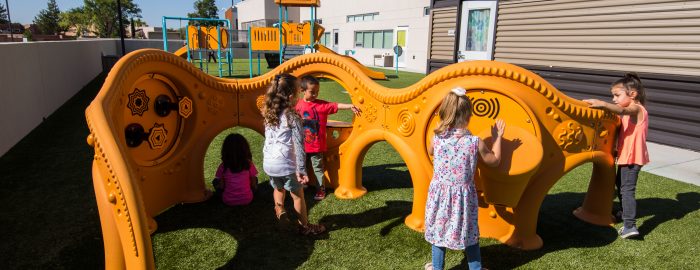
 Sliding
Sliding Spinning
Spinning Swinging
Swinging Climbing
Climbing Social
Social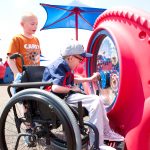 Tactile
Tactile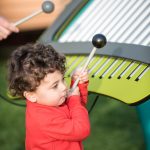 Auditory
Auditory